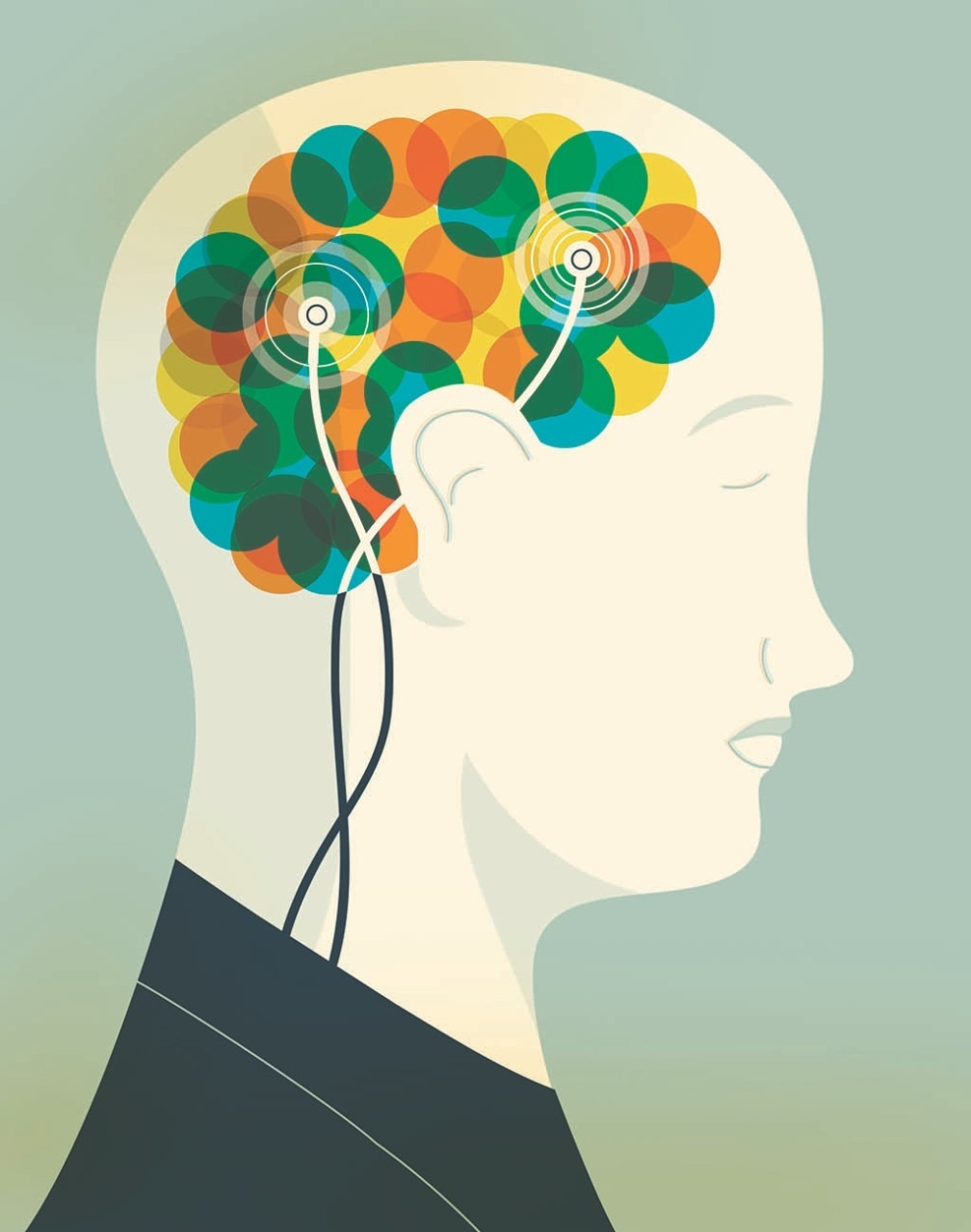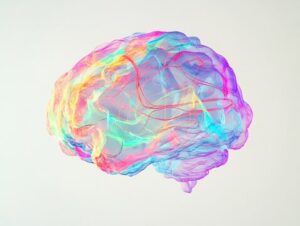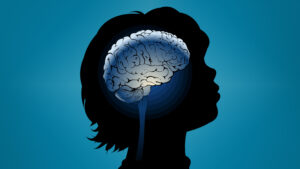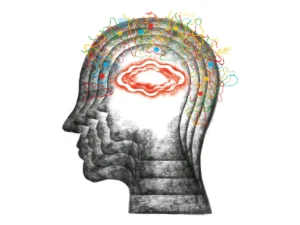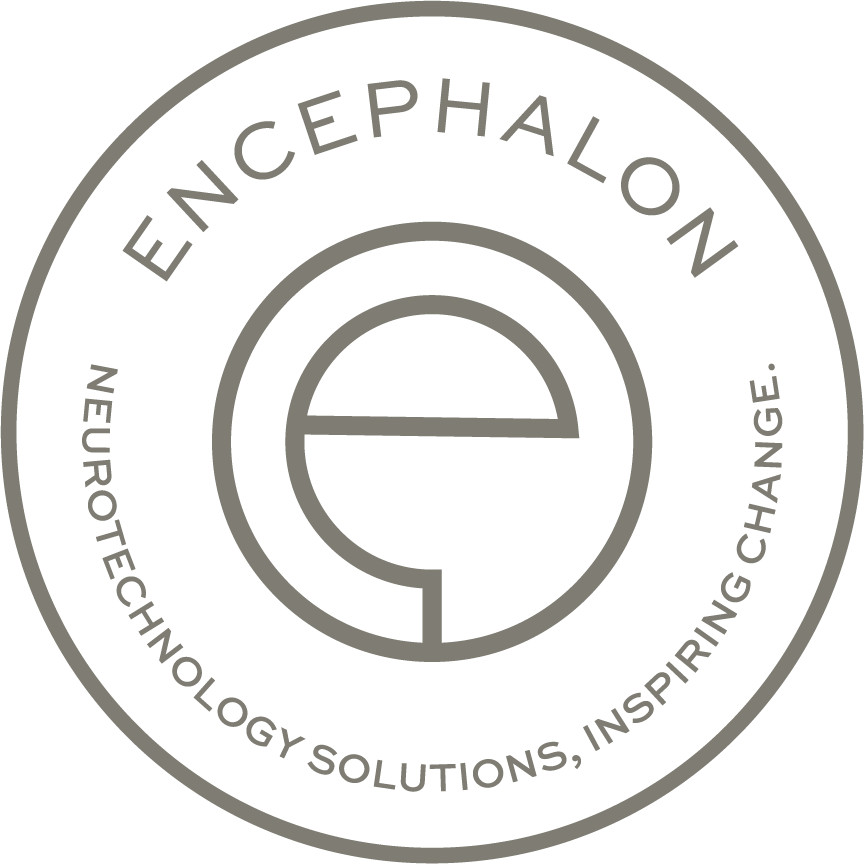Introduction: A Groundbreaking Approach to Managing and Treating ADHD
Recently, I had the pleasure of presenting on the efficacy of neurofeedback for managing and treating ADHD at The OWL Centre in Scotland, a hub for innovative thinking and compassionate care for neurodiverse individuals. Central to my presentation was a groundbreaking fMRI study from the University of Montreal (Lévesque et al., 2006), which illustrates neurofeedback’s capacity to bring about real, observable changes in the brain. This study highlights not just the ability of neurofeedback to alter neural patterns, but its potential to support emotional regulation, executive functioning, and overall wellbeing—without the use of pharmaceuticals.
Understanding Neuroplasticity and Neurofeedback in Managing ADHD
Neuroplasticity is the brain’s innate ability to adapt and rewire itself throughout life, even in adulthood. For individuals with ADHD, whose brains often struggle with dysregulated dopamine pathways, underactive attention systems, and impulsive emotional reactivity, neuroplasticity offers a ray of hope.
Neurofeedback leverages this process by providing the brain with real-time information about its own activity. When the brain is rewarded (visually or auditorily) for producing more optimal brainwave patterns, it learns to self-regulate. Over time, this repeated reinforcement strengthens the brain’s neural pathways, much like physical training strengthens muscles.
Managing and Treating ADHD: A Landmark Study on Neurofeedback
A 2006 study by Lévesque and colleagues explored the effects of 40 neurofeedback sessions on children diagnosed with ADHD. The study’s groundbreaking approach used functional magnetic resonance imaging (fMRI), enabling the researchers to track neurological changes at a deep, structural level. The results were nothing short of transformative.
Key Findings for Managing and Treating ADHD:
- Anterior Cingulate Cortex (ACC): This region plays a key role in emotional regulation, decision-making, and attentional control. After neurofeedback training, the ACC showed increased activation, which suggests that children became better at managing distractions and emotional impulses.
- Left Substantia Nigra: A major source of dopamine, this area is often hypoactive in ADHD. The stimulation of this region through neurofeedback mirrors the action of stimulant medications — but through self-regulation rather than chemical enhancement.
- Left Caudate Nucleus: Involved in goal-directed behavior and inhibition, this region saw greater activation after neurofeedback training. This activation is linked to improvements in executive function, planning, and impulse control.
These neurological changes were not abstract; they were measurable, deep shifts within the brain that translated into tangible improvements in attention and emotional regulation.
Managing Emotional Regulation in ADHD: The Ripple Effect Beyond Symptoms
While ADHD is often described in terms of attention deficits and hyperactivity, emotional dysregulation remains one of the most impactful, and often overlooked, components. Many individuals with ADHD experience sudden emotional outbursts, heightened sensitivity to criticism, and difficulty managing frustration or disappointment. These emotional challenges often lead to comorbid conditions like anxiety and depression.
The increased activation of the ACC seen in the neurofeedback study is especially promising in this context. This area supports the ability to pause, reflect, and reframe emotional reactions, precisely what individuals with ADHD need most. Furthermore, studies on EEG and fMRI neurofeedback in populations with mood disorders (e.g., Zotev & Bodurka, 2020) suggest that neurofeedback can enhance self-regulation circuits, making it a potential bridge across diagnoses.
Neurofeedback vs. Medication: A Sustainable Alternative for Managing and Treating ADHD
While medication is often the first-line treatment for ADHD, it comes with limitations, including side effects and long-term efficacy issues. Neurofeedback offers a non-invasive, sustainable alternative that works with the brain’s natural capacity for change.
Benefits of Neurofeedback for Managing and Treating ADHD:
- No daily dosing required.
- Minimal to no side effects.
- Long-lasting effects, thanks to the durable nature of learned neural pathways.
Unlike medications, which override the brain’s natural processes, neurofeedback empowers individuals to take an active role in their own development. They are not simply managing symptoms, they are learning to regulate their internal world from within. Click here to read more on our work with neurofeedback and ADHD.
Broadening the Narrative: ADHD is Not a Flaw, But a Neurological Difference
As our understanding of ADHD evolves, so too must our approaches to treatment. ADHD is not a character flaw or simple “bad behaviour”; it is a neurological difference, complex, dynamic, and individualised.
By embracing neurofeedback and other brain-based interventions, we open up new possibilities for individuals with ADHD and other neurodivergent conditions. These approaches not only expand the treatment landscape but also offer families hope and a range of options.
At Encephalon, we are committed to integrative, compassionate, and scientifically grounded care. Neurofeedback is more than just a tool for change, it is a glimpse into what is possible when we listen to the brain’s own language.
Conclusion: The Future of Managing and Treating ADHD with Neurofeedback
The future of ADHD treatment lies in embracing a holistic, brain-based approach. With the promise of neurofeedback and its profound impact on brain plasticity, emotional regulation, and executive function, individuals with ADHD have the opportunity to unlock their true potential, all without relying on medications.
Ready to Explore Neurofeedback for ADHD in Edinburgh?
If you’re looking for a non-invasive, effective solution for managing ADHD, neurofeedback could be the answer. At Encephalon Edinburgh, we specialise in helping individuals take control of their brain health and improve emotional regulation and focus.
Contact us today to schedule a consultation and learn how neurofeedback can make a real difference in managing ADHD symptoms. Take the first step toward a brighter, more balanced future!
References:
- Lévesque, J., Beauregard, M., & Mensour, B. (2006). Effect of neurofeedback training on the neural substrates of selective attention in children with attention-deficit/hyperactivity disorder: A functional magnetic resonance imaging study. Neuroscience Letters, 394(3), 216–221. https://doi.org/10.1016/j.neulet.2005.10.100
- Zotev, V., & Bodurka, J. (2020). Effects of simultaneous real-time fMRI and EEG neurofeedback in major depressive disorder evaluated with brain electromagnetic tomography. arXiv preprint arXiv:2006.01923.

